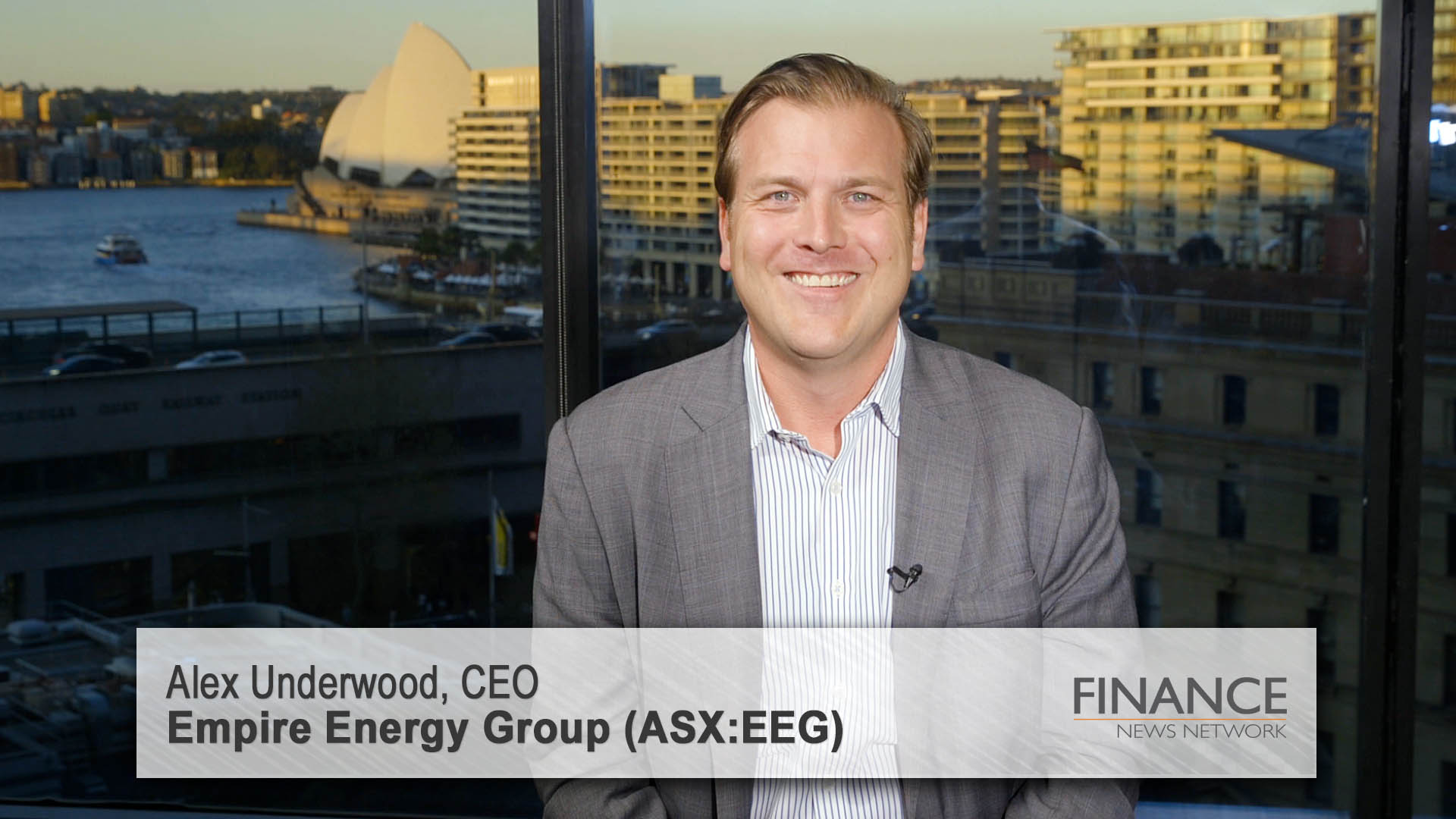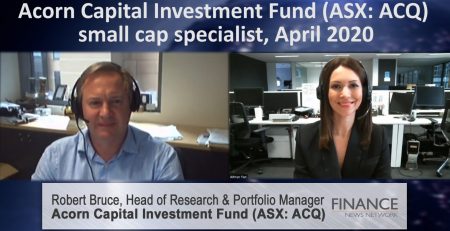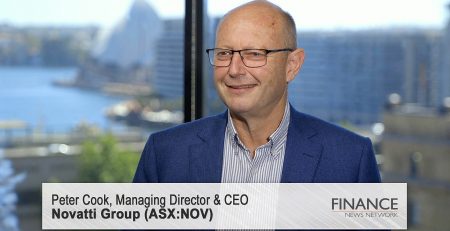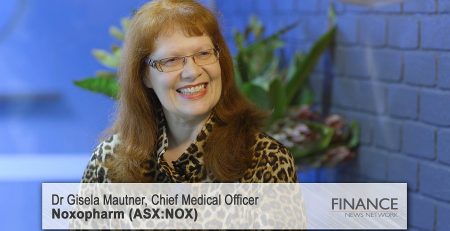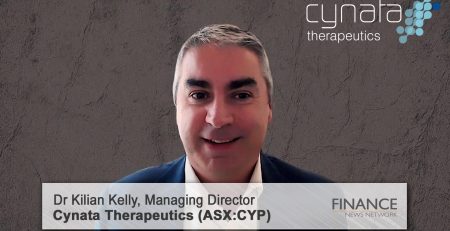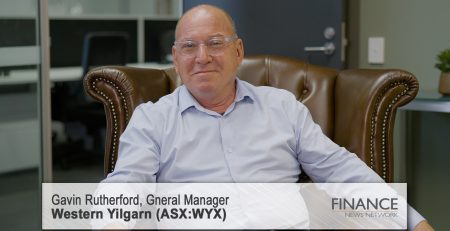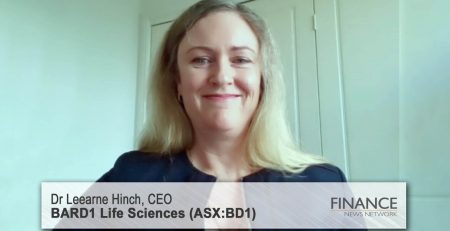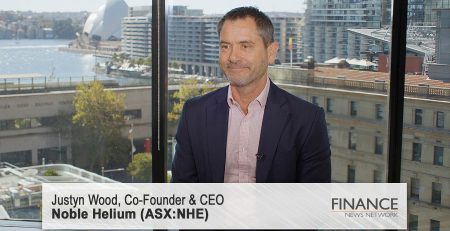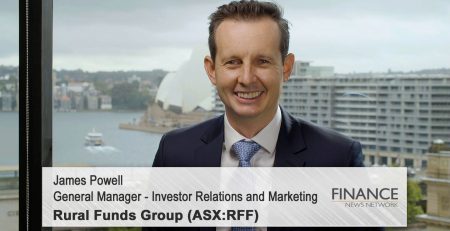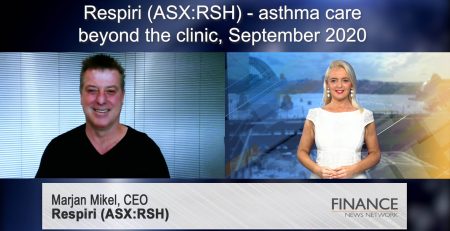Wheels in motion for Empire Energy’s future large scale well drilling projects
Empire Energy Group (ASX:EEG) CEO Alex Underwood discusses large scale future well drilling projects, and anticipates commercial production by 2025.
Paul Sanger: We are talking today with Empire Energy CEO, Alex Underwood. The ASX code is EEG, and Empire has a market cap of around $115 million. Empire Energy is a Sydney-based Australian oil and gas company, holding 100% owned and operated assets with unconventional targets in the Northern Territory Beetaloo Sub-basin, and Central Trough of the McArthur Basin. The Beetaloo basin is shaping up to be Australia's next big hydrocarbon province. An unconventional Shell gas play of approximately 28,000 square kilometers, the basin has attracted the attention and dollars of some of the world's biggest names in Shell gas exploration, attached to its similarities to the highly productive Marcellus Basin in the northeast USA. The basin potential has also been recognized and is well supported by the federal government. Alex, welcome to the network.
Alex Underwood: Thank you. Great to be here.
Paul Sanger: So Alex, you released some very important news to the market this morning regarding increased flow rates at your Carpentaria-3H well. In today's announcement on C3-H, upgraded flow rates, one of the key points you highlighted was the impact and knowledge learned from C2-H. Can you elaborate on what was learned and how this will impact the strategy going forward?
Alex Underwood: Yeah, sure. So we know very well from existing well data that there's an enormous volume of gas sitting under our feet, within our own tenements and across the basin. We've had an independent assessment of our prospective resource of 42 trillion cubic feet of gas. And to put that into perspective, that's the equivalent of about 10 LNG trains. So we're talking huge volumes of gas here. What we need to demonstrate as a company is that we can fracture stimulate these shales in order to get commercial flow rates. There are very well established learning curves across lots and lots of shale gas basins in America that demonstrate that with more drilling, you can optimize your frack design, and get up that learning curve. And we're quite lucky here in Australia that we can apply a lot of that U.S. knowledge to what we are doing, but every basin is unique.
And so what we've been working out is with our first two wells… Sorry, with our first two horizontal wells, is how do we learn to fracture, stimulate these wells for this basin? So we had very encouraging results with our first horizontal Carpentaria-2H. And now we've moved on to Carpentaria-3H. We first flow tested that well earlier this year and had encouraging results, but we've been testing what's called soaking, where essentially you're not only getting the gas out but also the water that you've injected down. And with soaking, you shut the well in, in this case for five months, and that allows the well to settle down. And then the theory that we had that we'd see improved rates, has been very much demonstrated with these results we announced today. So we've seen about a 30% uplift on the equivalent period with these rates, and that plays very favorably into project economics and what we expect to recover from development wells.
Paul Sanger: And the recent APA announcement was material a bit of news. What does this mean in terms of connection to markets in the northern territories, the east coast, and the export markets?
Alex Underwood: Yeah, so there is existing pipeline infrastructure going through our tenement, but it's a pretty small pipeline. It services a mine owned by Glencore called MacArthur River. That's sufficient pipeline infrastructure for us to get started with our pilot project, about 25 terra drills a day, which in today's gas price, it'd be somewhere in the order of $80 – $90 million of gross revenue a year. But there's a much bigger game here for us and everyone in the industry. The supply issues on Australia's east coast are well-known, existing sources of supply are declining. And we forecast that very substantial volumes will need to come from the Beetaloo, unless we look at importing LNG, which would be horrifically expensive, but that will require further pipeline development. There is an very extensive existing pipeline network owned by APA right through Australia's east coast, commencing at Mount Isa, and then connecting into Gladstone for the LNG export terminals in Queensland, Brisbane, Sydney, and Melbourne.
And then there's a relatively small pipeline owned by Jemena that connects the northern territory markets to Mount Isa. But to really satisfy that future demand that the Beetaloo can supply, we're going to need a much bigger pipeline to the east coast. And we've been working with APA for a couple of years now. We signed an initial MOU with them a couple of years ago, but it's been really pleasing to see that APA really wants to get moving on this now and put their weight behind seeing much bigger pipelines connect the Beetaloo to Mount Isa, and ultimately to east coast market.
So that could be a pipeline of hundreds and hundreds of terrajoules a day, which is a substantial proportion of Australia's east coast market. And that's the focus that we're working on with them now. And then ultimately, they're also looking at a much larger pipeline to connect up to Darwin. So Darwin already has two LNG export terminals. Both of those terminals have the capacity to increase with more trains, to get more export. And that would be a second phase of our work with APA to allow LNG scale volumes through to Darwin.
Paul Sanger: And looking forward, how does the path to pilot development and timing look?
Alex Underwood: Yeah, so we think we're in a very good position to be the first company in the Beetaloo to actually enter into commercial production. As I mentioned, there's a pipeline going straight through our tenement that's owned by Power Water Corporation, which is an arm of the NT government. And we have a pipeline transportation MOU in place with them. They're also very interested in buying our gas from us. We've demonstrated that we've got a very, very large resource, about 1,700 petajoules of gas, just discovered within EP-187, which is only a small proportion of our acreage, but where we've been focused. And so now we're going through the various processes that would be required to get to a final investment decision by our board, hopefully by the end of this year. So project economics, front end engineering and design, working out how many additional wells we would drill, including these existing wells to tie in, surface facilities, regulatory approvals, getting the consent of the traditional owners, and also financing the project.
So there's lots and lots of work going on at the moment. And on our current plan, we would look to pull together all of those processes this year, and then in next year's dry season move into development. So drilling a few more wells, putting the surface facilities in place. And in the success case, we'd be looking at being in production early 2025.
Paul Sanger: And the last question. You've been extremely disciplined with CapEx so far. How's the balance sheet position now to fund CapEx requirements going forward?
Alex Underwood: Yeah, so I worked at Macquarie Bank for 10 years financing small oil and gas companies, so I'm very mindful that this is a very, very capital intensive industry. But I'm also mindful that when you're a listed company, you go through the vagaries of up markets and down markets. And so we've always positioned ourselves in a way that we can survive a rainy day or two. And I must say this downturn's been going on for a while now and been pretty painful for a lot of investors, but it's really actually a testament to one of our former directors, John Garrity, who said, "You've always got to make sure you've got a minimum amount of cash in the bank to survive these downturns." And I think we've done a pretty good job of that. So as at 30 June this year, we had about $23 million cash in the bank.
Obviously, we're spending money on these various processes at the moment, but quite encouragingly, we expect a quite material cash injection quite soon in terms of an R&D tax refund of about $15 million bucks. And so what that says is that on current projections, we think we're very well funded to get through all of this final investment decision work. And then we're also working on various financing opportunities. Again, as a form of financier of projects of this nature, we are very focused on minimizing dilution to shareholders. So we think that once we've pulled together a good development plan and we've got a gas sales agreement in place with a credible counterparty, there should be the opportunity for some project finance debt. And we've got an existing facility with my former employer, which has been great to see their support.
There's also the potential opportunity for farm out. So we are the only operator in the Beetaloo with a hundred percent working interest in all of our properties, and that provides some interesting strategic opportunities to sell down at the asset level. And yeah, we're working through all those processes, really with a view to try to minimize dilution to shareholders, which is quite consistent with the way we've tried to be pretty careful with our funding today.
Paul Sanger: Alex, it's been an absolute pleasure to have you in the studio today. Thank you for your time.
Alex Underwood: Thanks very much. Really appreciate it.
Ends
Copyright 2023 – Finance News Network
Source: Finance News Network

